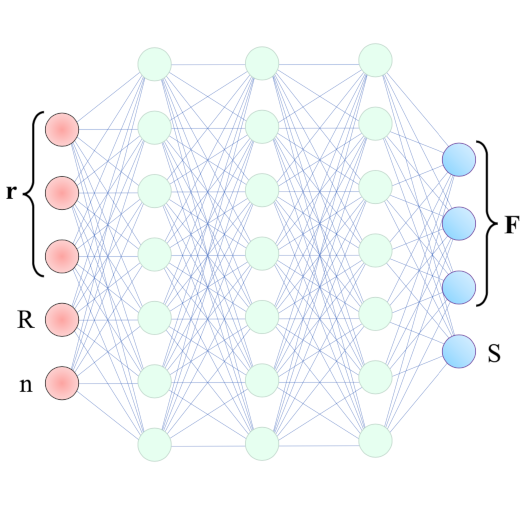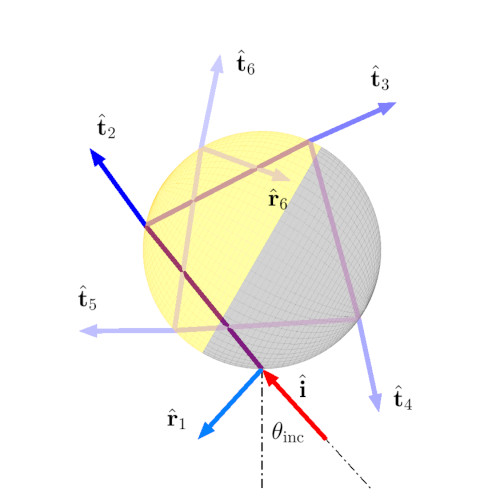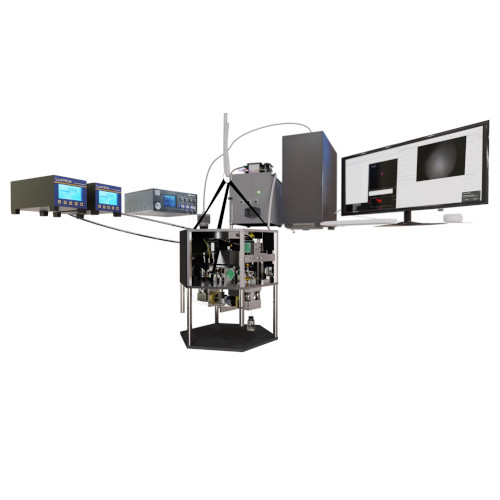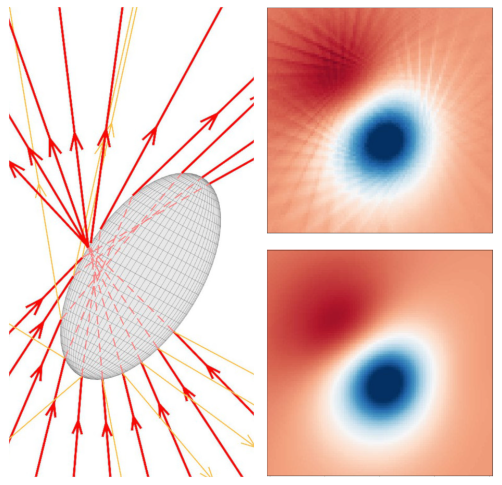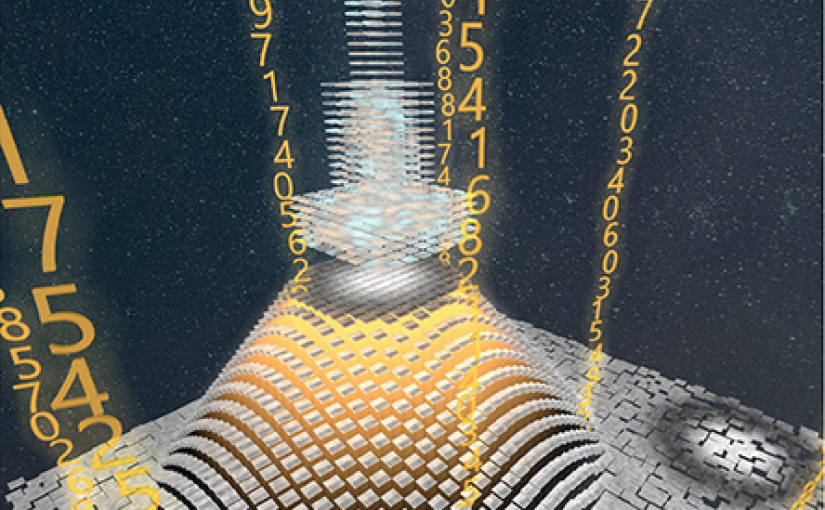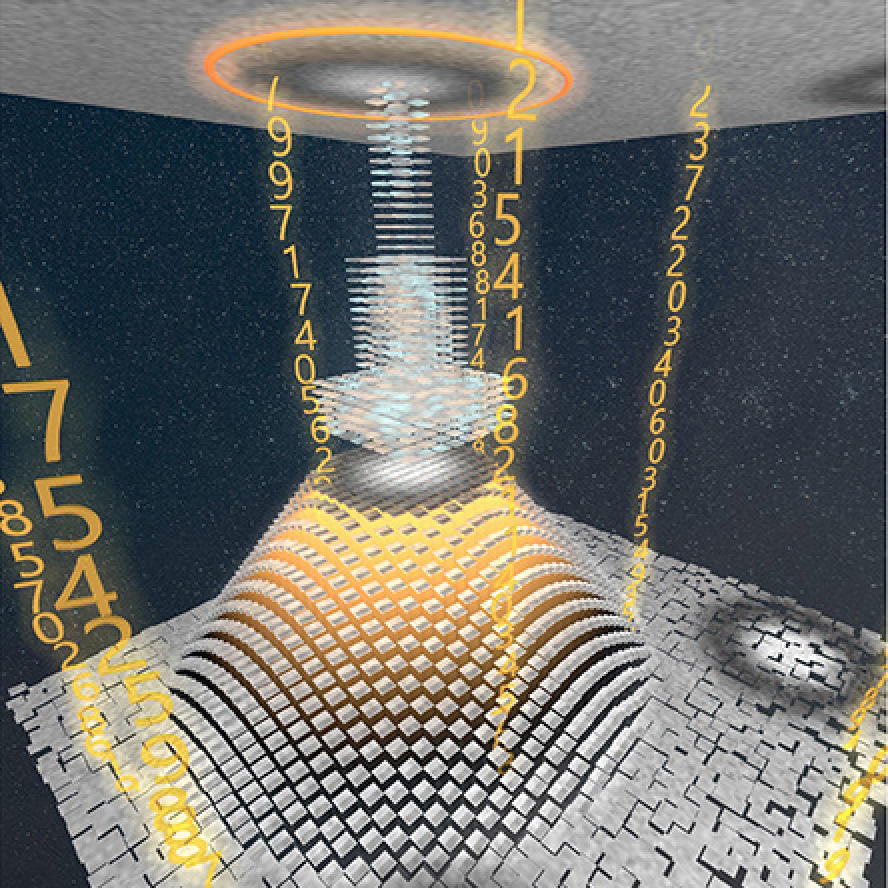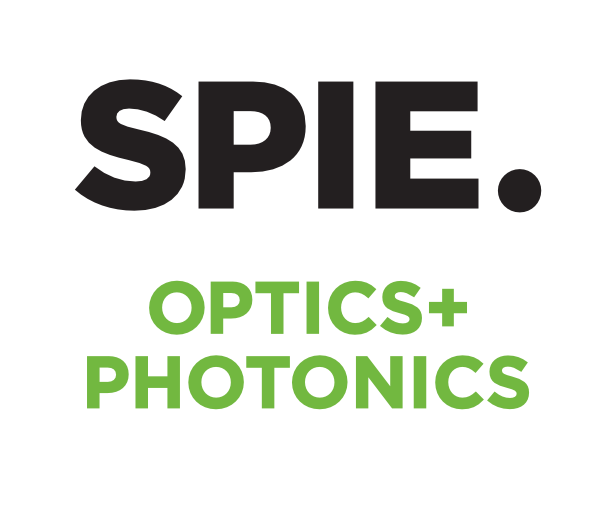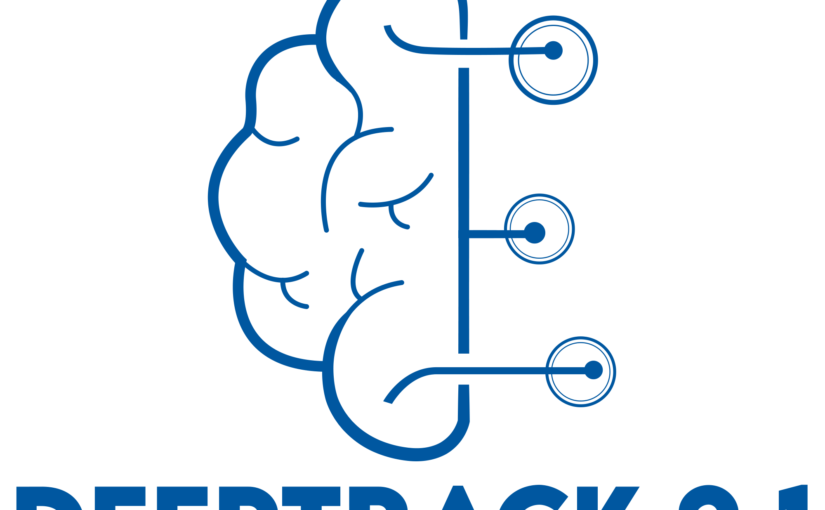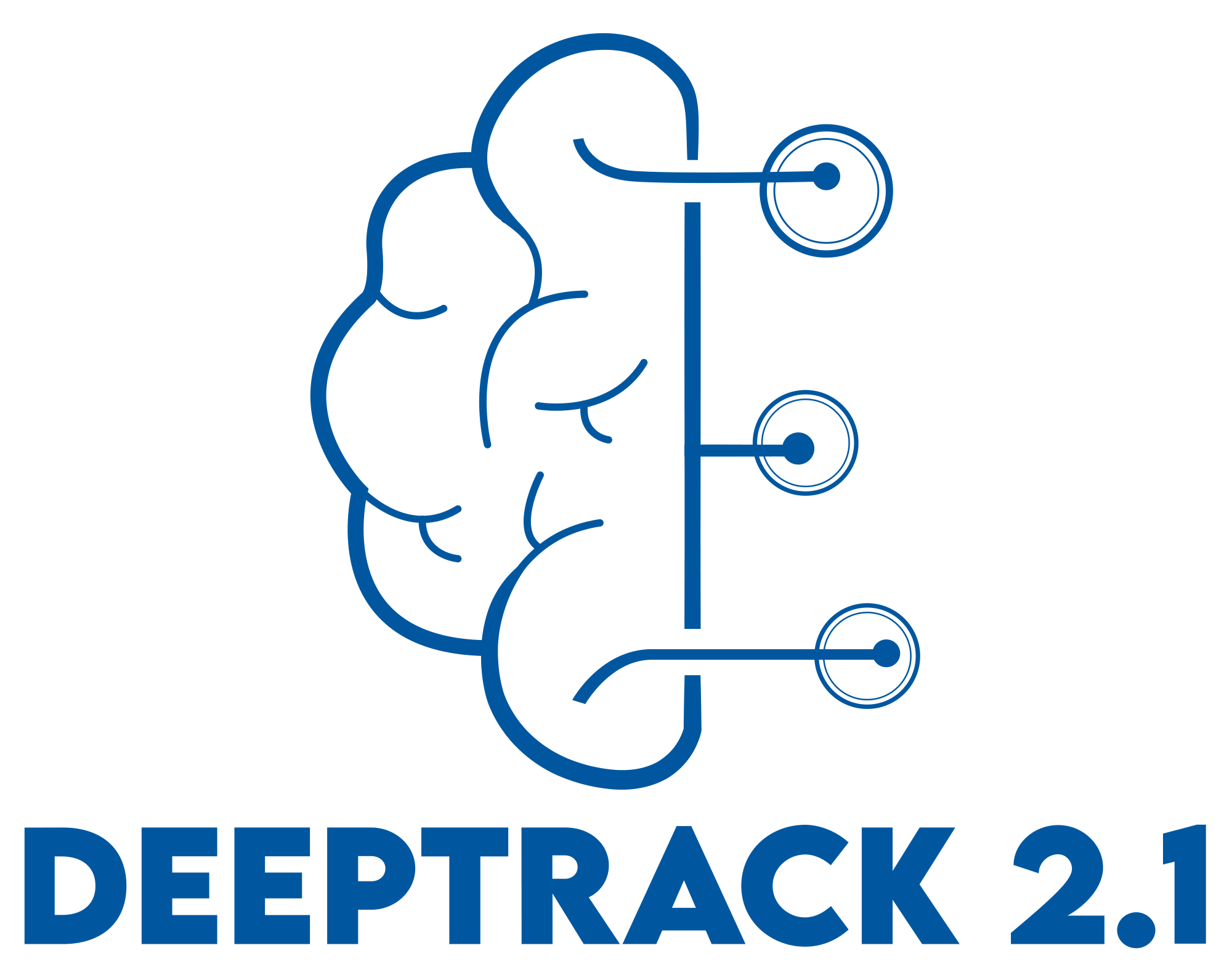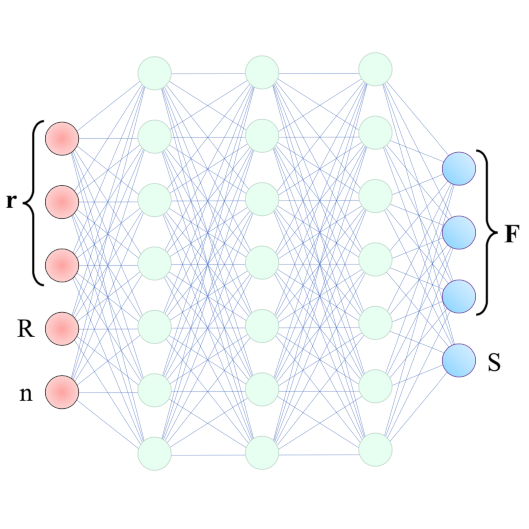
Agnese Callegari, Mathias Samuelsson, Antonio Ciarlo, Giuseppe Pesce, David Bronte Ciriza, Alessandro Magazzù, Onofrio M. Maragò, Antonio Sasso, and Giovanni Volpe
SPIE-OTOM, San Diego, CA, USA, 18 – 22 August 2024
Date: 19 August 2024
Time: 5:30 PM – 7:00 PM
Place: Conv. Ctr. Exhibit Hall A
Intracavity optical tweezers have been proven successful for trapping microscopic particles at very low average power intensity – much lower than the one in standard optical tweezers. This feature makes them particularly promising for the study of biological samples. The modelling of such systems, though, requires time-consuming numerical simulations that affect its usability and predictive power. With the help of machine learning, we can overcome the numerical bottleneck – the calculation of optical forces, torques, and losses – and reproduce, in simulation, the results in the literature and generalize to the case of counterpropagating-beams intracavity optical trapping.
